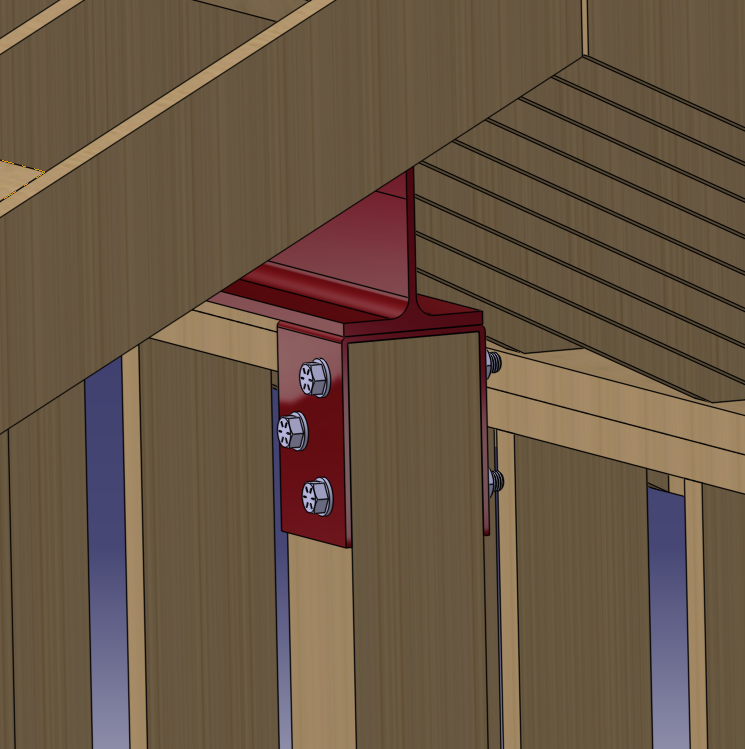icedoc
Automotive
- Mar 10, 2017
- 4
I'm planning to build a shed (12'x18') with a steel ridge beam supported at each end by wood columns. I've been searching for guidelines on how to properly connect the beam to the columns, but I cannot seem to find anything. Can anyone point me in the right direction? Thanks!

